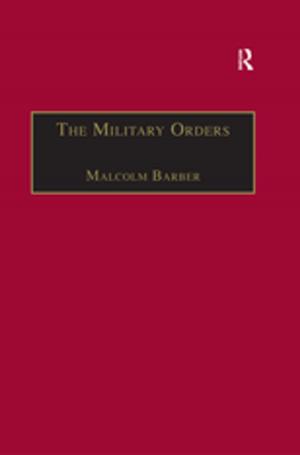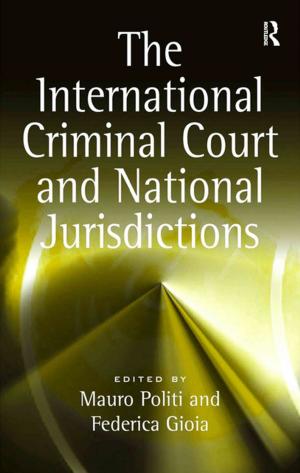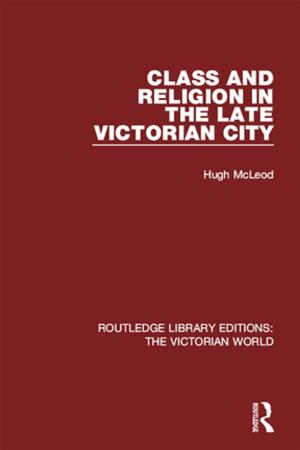Technology and the Politics of Instruction
Nonfiction, Reference & Language, Education & Teaching, Teaching, Computers & Technology, Educational Theory, Educational Reform| Author: | Jan Nespor | ISBN: | 9781135597467 |
| Publisher: | Taylor and Francis | Publication: | September 10, 2012 |
| Imprint: | Routledge | Language: | English |
| Author: | Jan Nespor |
| ISBN: | 9781135597467 |
| Publisher: | Taylor and Francis |
| Publication: | September 10, 2012 |
| Imprint: | Routledge |
| Language: | English |
In this study of computer-mediated instruction (CMI) in a U.S. research university that is the site of nationally known innovations in this area, Jan Nespor traces the varying material and organizational entanglements of a constantly reconfiguring network of people, things, categories, and ideas that are sometimes loosely, sometimes tightly entangled in forms of CMI. He unfolds how the different forms and meanings of CMI policy and practice were constructed over time, across departments, and in relation to students’ academic trajectories. Tying together a range of issues usually separated in discussions of instructional technology and examining often slighted topics, such as the articulations of local and national practices, this book questions the common vocabulary for making sense of CMI and contributes to educational change theory by showing how CMI has evolved both from the top-down and the bottom-up.
Technology and the Politics of Instruction is distinctive in its multi-level approach and in the breadth of its conceptual frame. Departing from the mainstream research on instructional technology to focus on mundane and widespread forms of CMI—PowerPoint slides, CD-ROMs, self-paced labs, and the like—Nespor views these from multiple standpoints, not just what they mean for professors, but also for administrators and students. The effect is to displace the typical emphasis in CMI research from cutting-edge, high resource artifacts and systems (the importance of which is not questioned) to the politics and organizational processes that shape the uses of such things.
This book is intended primarily for scholars and students in the fields of educational and more broadly organizational change, the politics and sociology of education, curriculum theory, higher education, and educational administration, and will also interest instructional technologists and technology developers.
In this study of computer-mediated instruction (CMI) in a U.S. research university that is the site of nationally known innovations in this area, Jan Nespor traces the varying material and organizational entanglements of a constantly reconfiguring network of people, things, categories, and ideas that are sometimes loosely, sometimes tightly entangled in forms of CMI. He unfolds how the different forms and meanings of CMI policy and practice were constructed over time, across departments, and in relation to students’ academic trajectories. Tying together a range of issues usually separated in discussions of instructional technology and examining often slighted topics, such as the articulations of local and national practices, this book questions the common vocabulary for making sense of CMI and contributes to educational change theory by showing how CMI has evolved both from the top-down and the bottom-up.
Technology and the Politics of Instruction is distinctive in its multi-level approach and in the breadth of its conceptual frame. Departing from the mainstream research on instructional technology to focus on mundane and widespread forms of CMI—PowerPoint slides, CD-ROMs, self-paced labs, and the like—Nespor views these from multiple standpoints, not just what they mean for professors, but also for administrators and students. The effect is to displace the typical emphasis in CMI research from cutting-edge, high resource artifacts and systems (the importance of which is not questioned) to the politics and organizational processes that shape the uses of such things.
This book is intended primarily for scholars and students in the fields of educational and more broadly organizational change, the politics and sociology of education, curriculum theory, higher education, and educational administration, and will also interest instructional technologists and technology developers.















